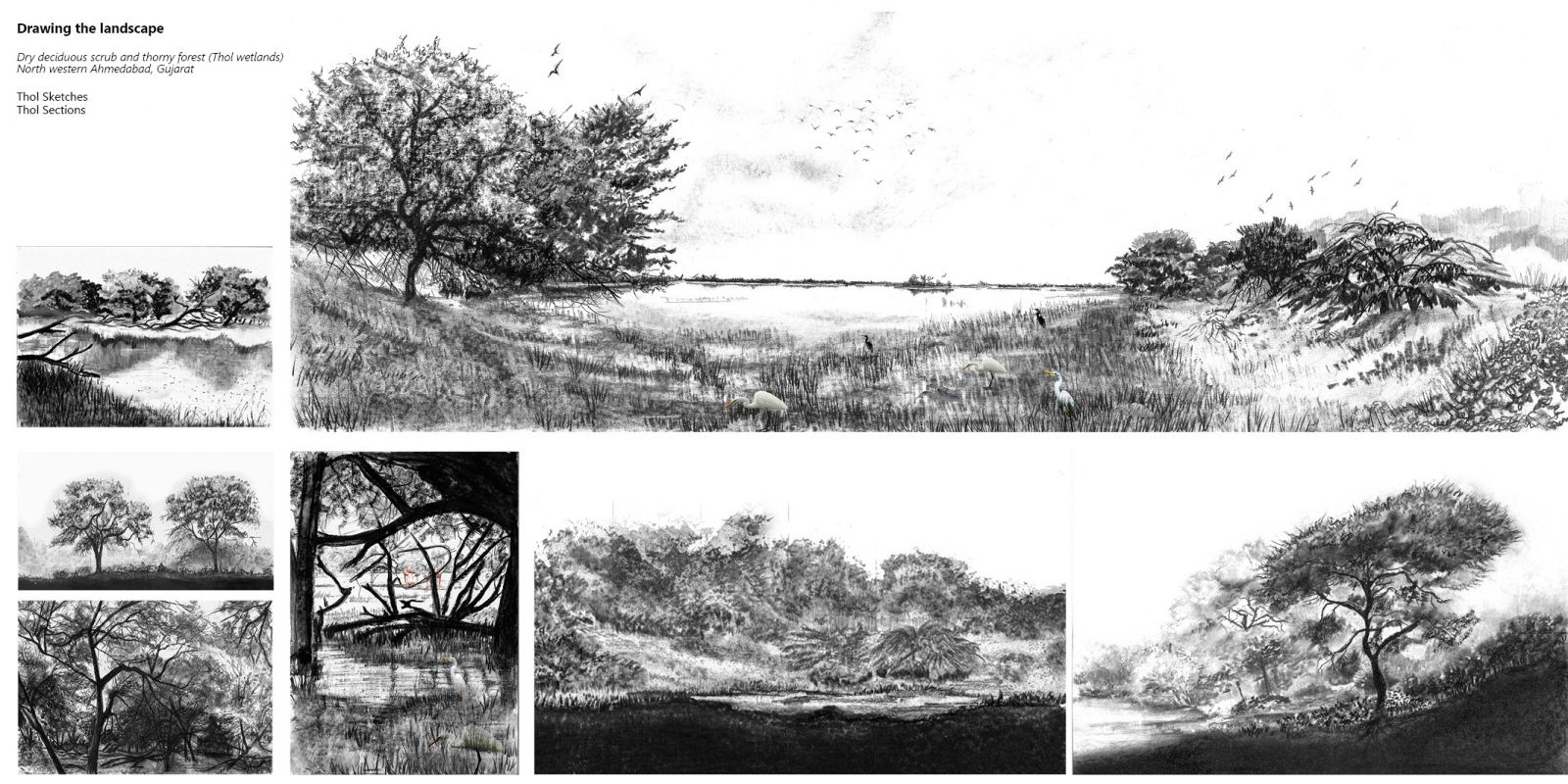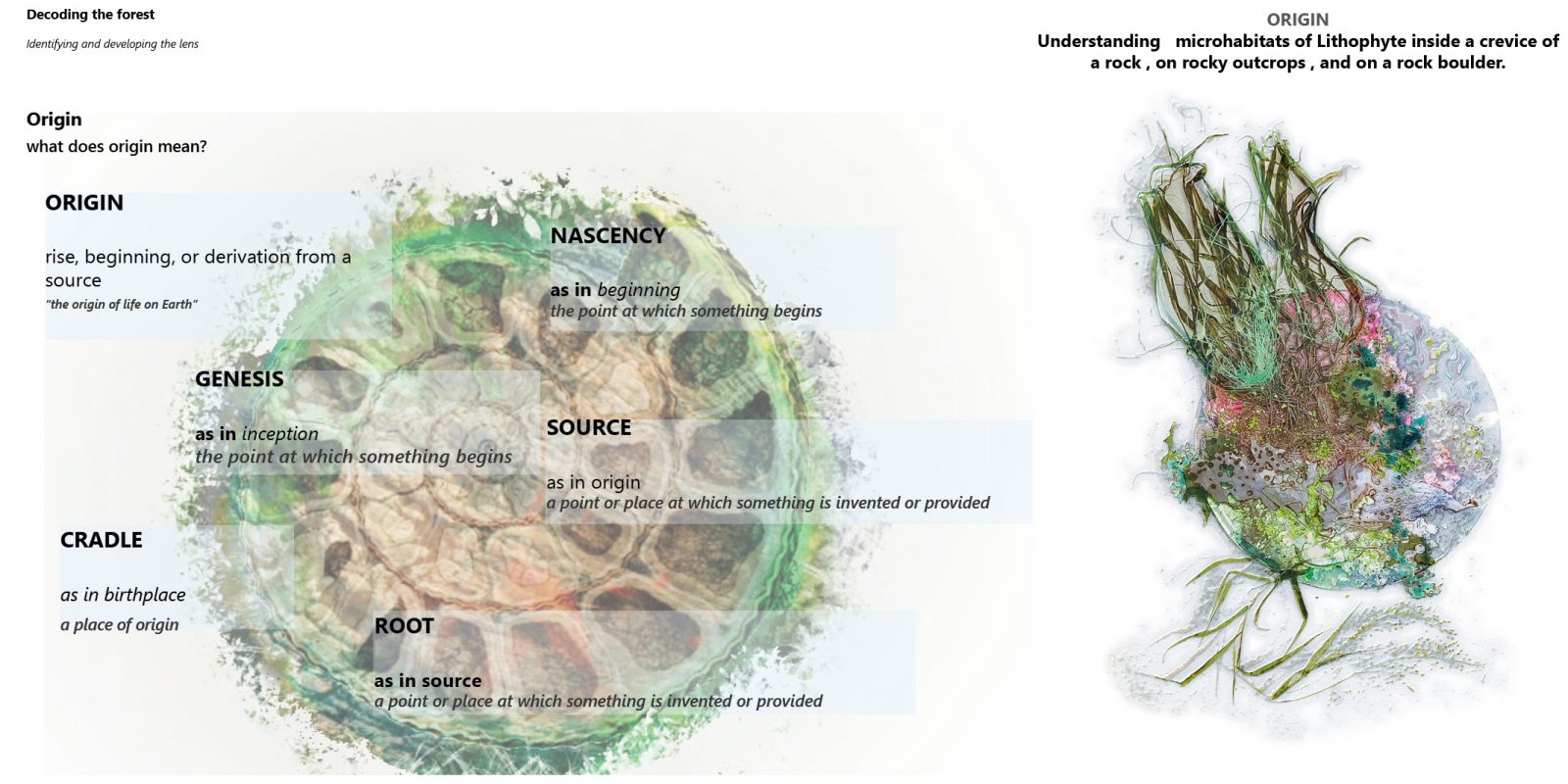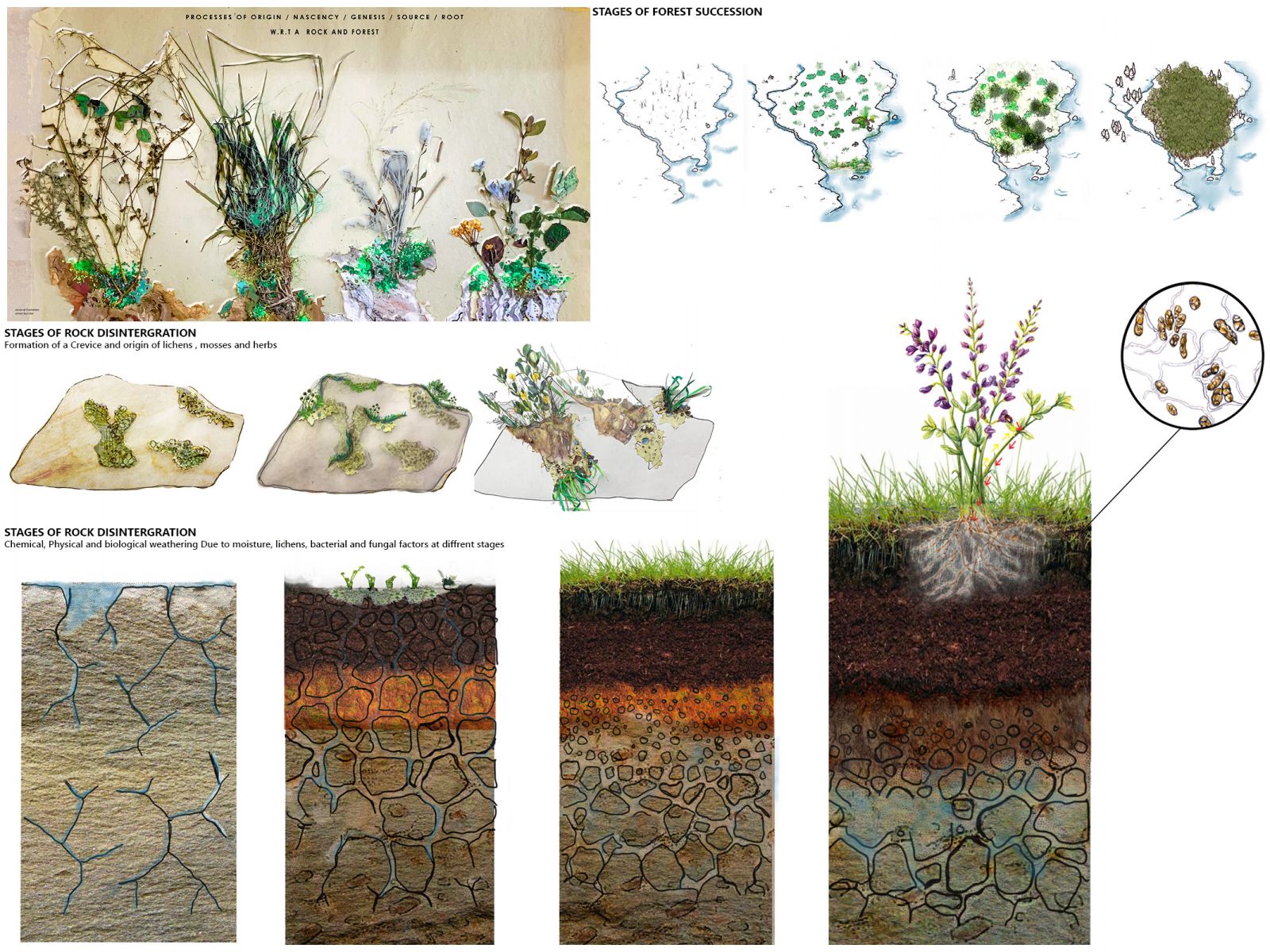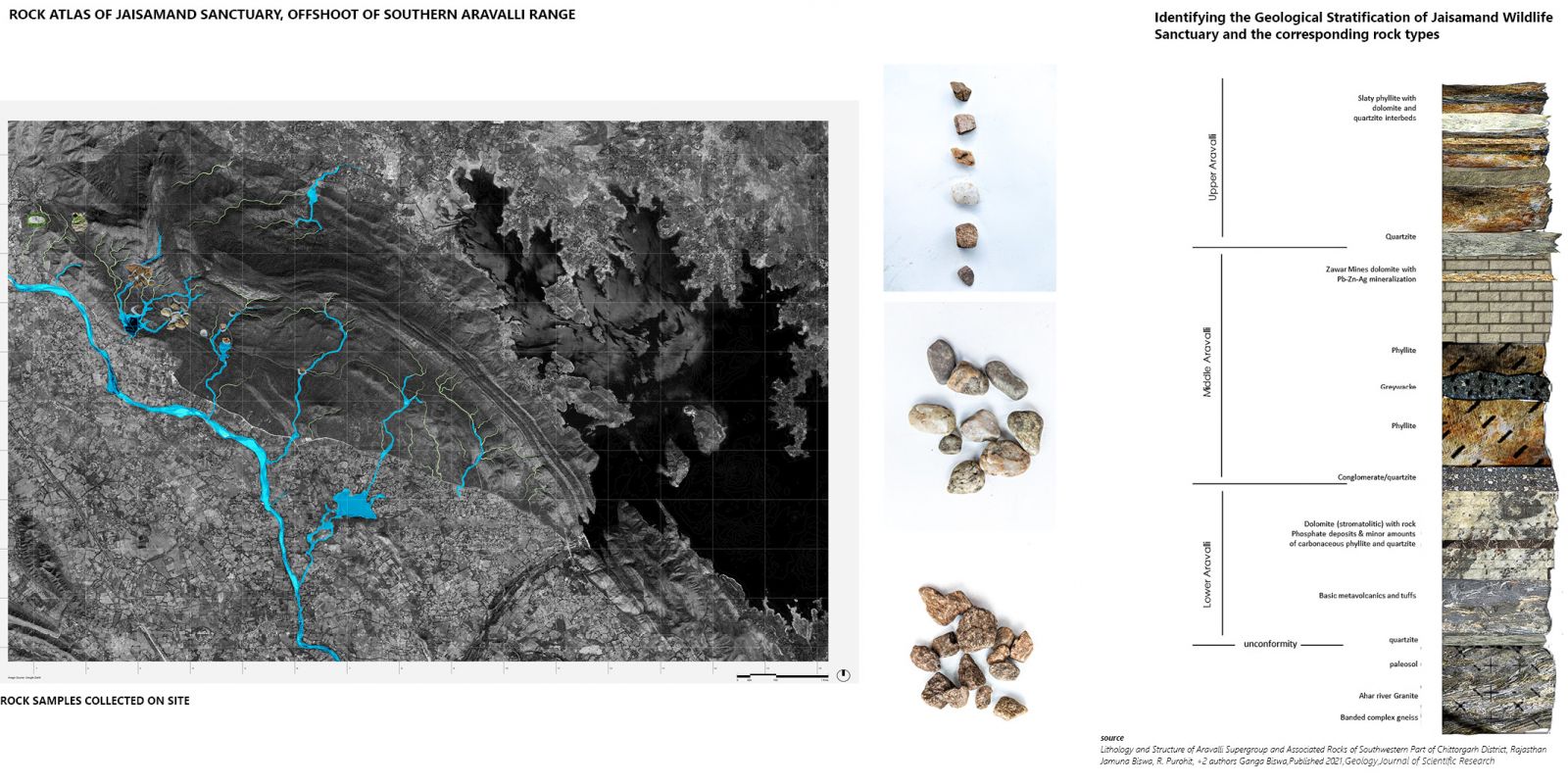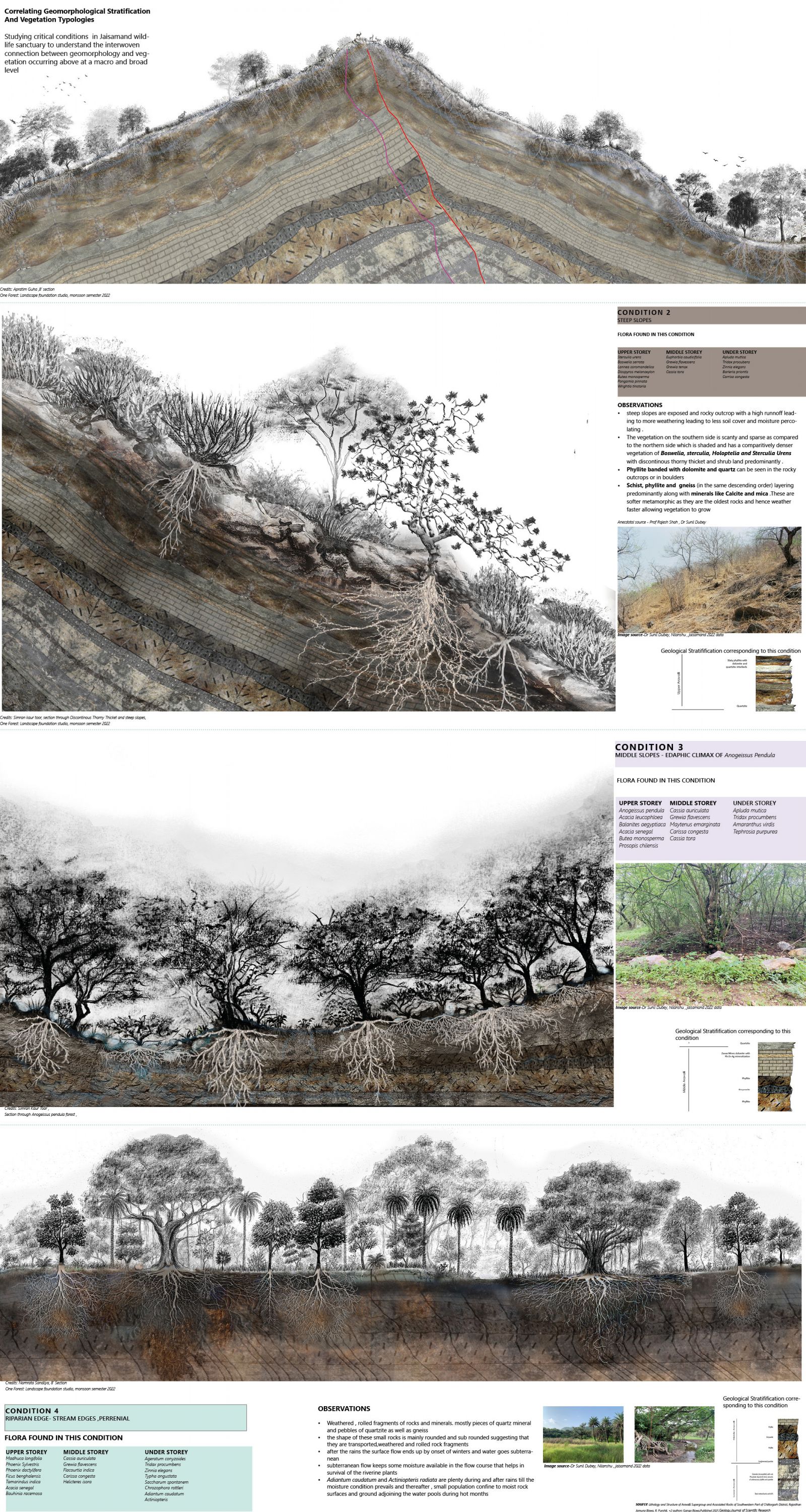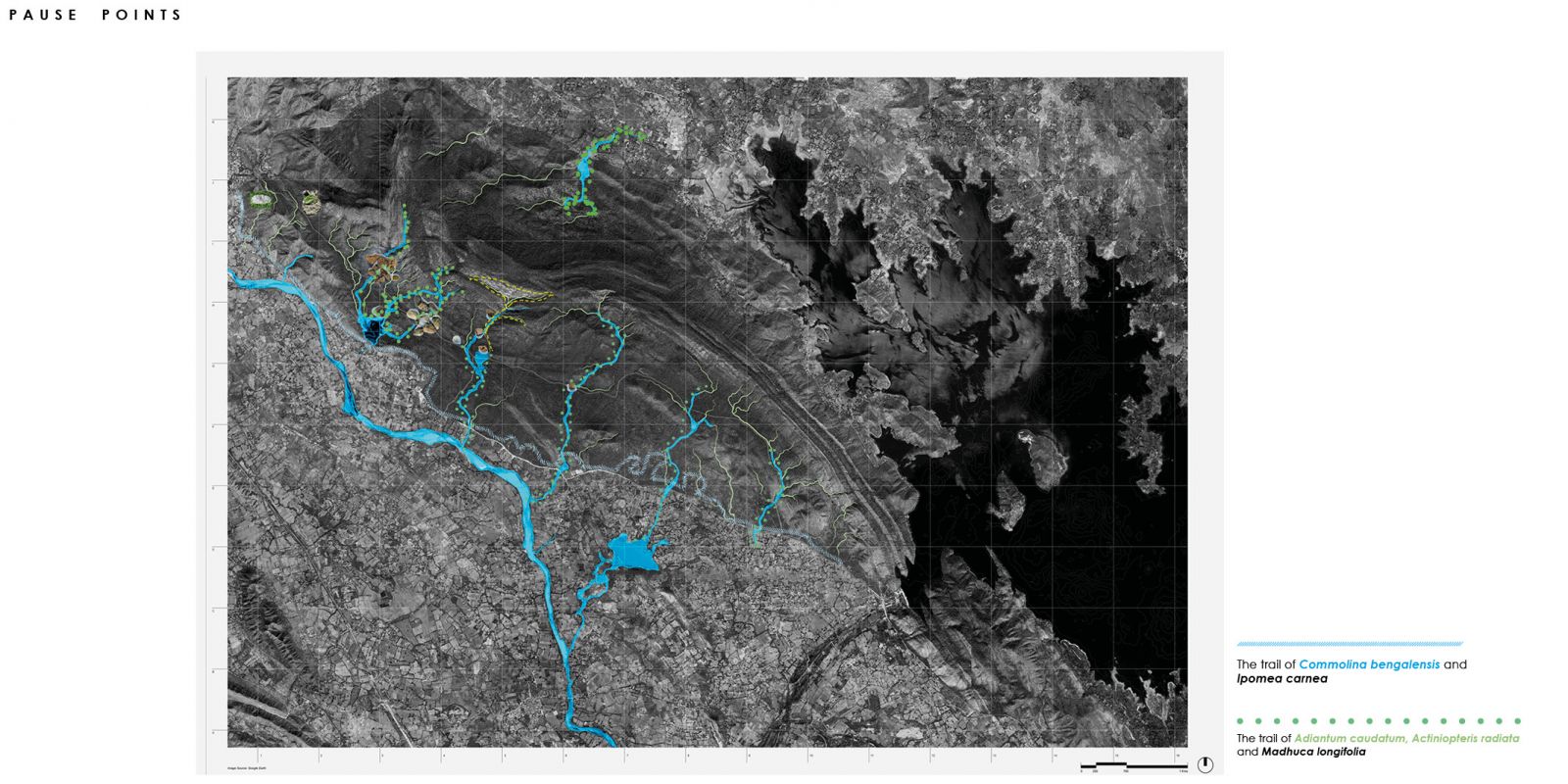Your browser is out-of-date!
For a richer surfing experience on our website, please update your browser. Update my browser now!
For a richer surfing experience on our website, please update your browser. Update my browser now!
Forest succession is the process that restores forests, a land which has been scorched by barren rocks, weathering, and extreme climatic conditions. A forest grows or approaches an edapho-climax by progressing through various stages. With Jaisamand forest as the setting, I’m attempting to comprehend the initial stages of succession, on a barren rock, and rocky outcrops, called nudism through my lens. When site conditions are unfavorable to most plants but where a few special plant species can adapt, hold, and grow, primary succession often happens very slowly. Under these initial harsh circumstances, trees are not commonly found. The “base” community that initiates the complicated evolution of soil and modifies the local environment is made up of plants and animals that are robust enough to first inhabit such areas. Examples of such places are rocky outcrops, barren rocks, cliffs and desolate areas. Desert rock is a harsh, challenging habitat, and the majority of plants that can thrive here have been particularly adapted to deal with the extremely low moisture, minimal soil. Because rock is much less forgiving than sand, scientists have an unique word for plants that can survive in rocky habitats: “lithophytes.” Through this study I’m attempting to study and understand how plants can survive in rocky crevices and the different adaptation strategies from harsh summers when they appear dry and shriveled as they concentrate their life energies below the ground, branching their roots deeply into the hairline fissures of the rock, to harsh monsoon (3-4 months) when they regenerate.
View Additional Work